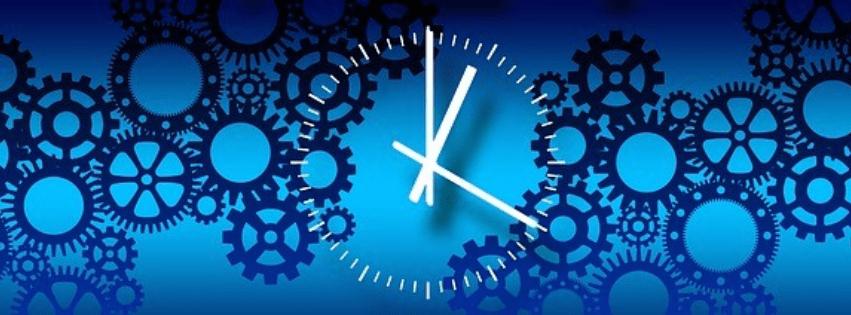Within the overlapping spheres of Total Quality Management and Lean Manufacturing, one Japanese word continues…

What is a Process?
A process is defined as a series or group of activities that takes input, adds value, and provides output to internal or external customers.
Every business has a process, and among the many processes that occur inside an organization, there’s what we call a core process that accomplishes the mission of the company and serves only the external customers.
System
A system is an aggregate of processes working together to achieve the organization’s adjective. Systems can either be manual or automated. A system can be part of a larger system and one system’s function – or non-function – can impact other systems.
Three Goals of Processes
- Effectiveness – Answers the question, “Does the process produce the output needed to satisfy the customers’ needs?”
- Efficiency – Answers the question, “Does the process produce quality outputs in the least amount of time for the least amount of cost?”
- Adaptability – Answers the question, “Can the process remain effective and efficient in the face of change?”
Benefits of Process Architecture
Process analysts or architects often create a visual representation of the process in an enterprise for a variety of reasons. By creating models of the processes, they are able to see its strengths and weaknesses and think of ways to improve them. These process models also help open up automation possibilities, with the goal of simplifying an otherwise long and arduous process. Once the process length is shortened and wastes are eliminated, this will result into reduced operational costs for the enterprise.
These process models can also help in training new recruits. They can be powerful tools in orienting the staff about the process and its relationship with other processes.
Cycle Time
Cycle Time, according to iSixSigma, is the total elapsed time to move a unit of work from beginning to the end of a physical process. Cycle time includes both the process time and delay time, the sum of which affects whether a process will either be deemed short, just right, or too long.
The process time is the duration in which a unit is acted upon to bring it closer to an output. On the other hand, delay time is the duration in which a unit of work is spent waiting to take the next action.
In most cases, organizations embark on process improvement initiatives like eliminating wastes in the process, tempering variations, and building quality gates in every step, thus speeding up the time it takes to complete a process. This is formally called a cycle time reduction.
Variations in Process
In a process, quality of products or services can be interpreted in several dimensions such as serviceability, features, reliability, performance, aesthetics, etc. These dimensions are non-overlapping with one another as in the case of a customer evaluating your product as aesthetically pleasing yet poor in durability.
And in any process, conformance to quality standards are strictly enforced. Conformance is defined as the degree to which your output meets your company’s critical-to-quality attributes. But even if these CTQs specifications are clear and communicated to all, no two things are exactly alike, and how a process is done will vary from day to day. Yes, even if it’s the same actor using the same set of tools the other day.
Policy Development
While variations exist in the process, organizations invest resources to maintain their performances within the acceptable range. In order to do this, a clear and robust policies must be established and communicated to all stakeholders. This process requires extensive research, observation, consultation, and technical writing. In the end, the policy contains the process models, general guidelines on how to do work, and standards for quality.

